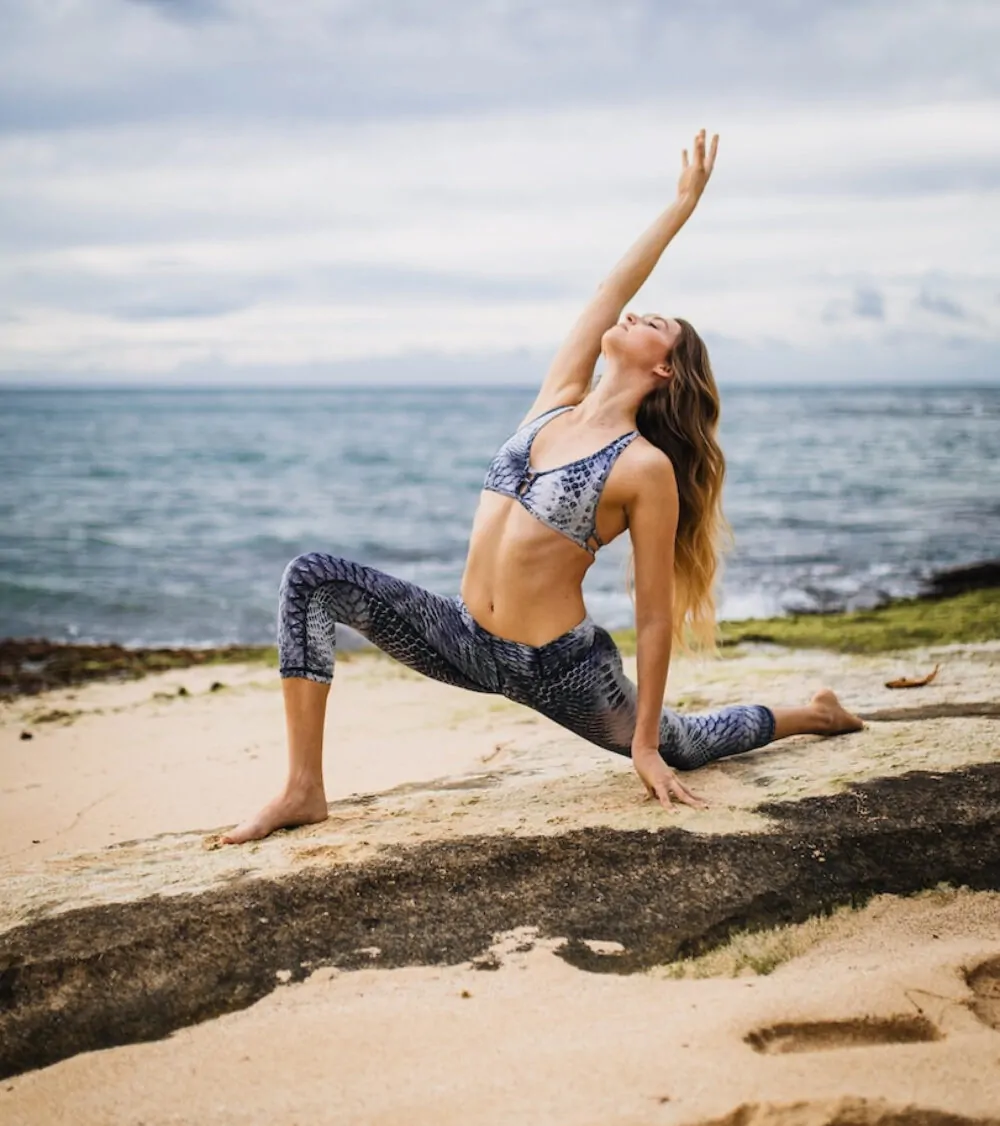Why Yoga?
In today’s fast-paced world, stress, anxiety, and a sedentary lifestyle have become common challenges. Yoga offers a holistic approach to improving physical, mental, and emotional well-being. Here’s why yoga is essential for a balanced life:
Enhances Physical Health
Yoga is an excellent way to improve overall physical fitness. Regular practice:
- Increases flexibility, strength, and posture.
- Boosts immunity and enhances overall body function.
- Helps in weight management and digestion.
Reduces Stress and Anxiety
Modern life is full of stressors, but yoga provides a natural way to combat them. It:
- Calms the nervous system and lowers cortisol levels.
- Promotes relaxation and emotional stability.
- Enhances focus, concentration, and mental clarity.
Improves Respiratory and Cardiovascular Health
Yoga breathing techniques, known as pranayama, have profound benefits for the heart and lungs. Practicing yoga:
- Strengthens lung function and increases oxygen intake.
- Lowers blood pressure and improves circulation.
- Reduces the risk of heart disease and promotes cardiovascular well-being.
Boosts Energy and Vitality
Unlike other forms of exercise that can leave you drained, yoga energizes the body by:
- Stimulating blood circulation and oxygen flow.
- Releasing tension and reducing fatigue.
- Enhancing stamina and endurance.
Encourages Mindfulness and Inner Peace
One of yoga’s greatest gifts is the ability to bring awareness to the present moment. It:
- Cultivates self-awareness and emotional balance.
- Fosters gratitude, patience, and compassion.
- Helps develop a positive and peaceful mindset.
Final Thoughts
Yoga is not just a workout; it’s a way of life that connects the body, mind, and soul. Whether you’re a beginner or an advanced practitioner, incorporating yoga into your daily routine can lead to profound transformations. Start your yoga journey today and experience the power of mindfulness, movement, and breathwork for a healthier, happier life! Please click the link for further insightful analysis-
Would you like guidance on how to start practicing yoga? Let us know in the comments below!
Please stay connected with us at letsstayfit.in for more health and wellness tips!


